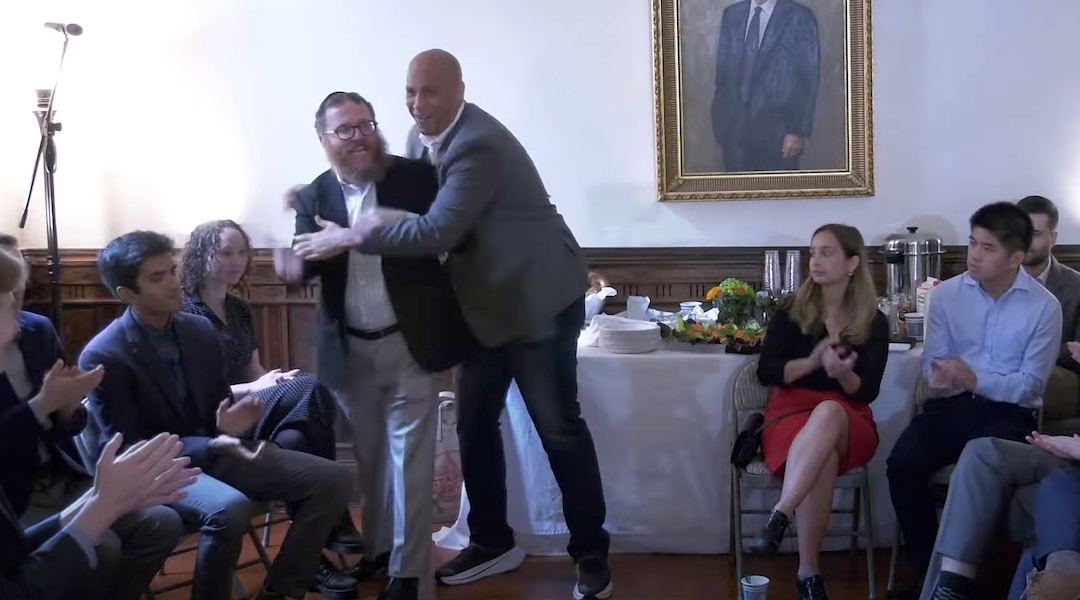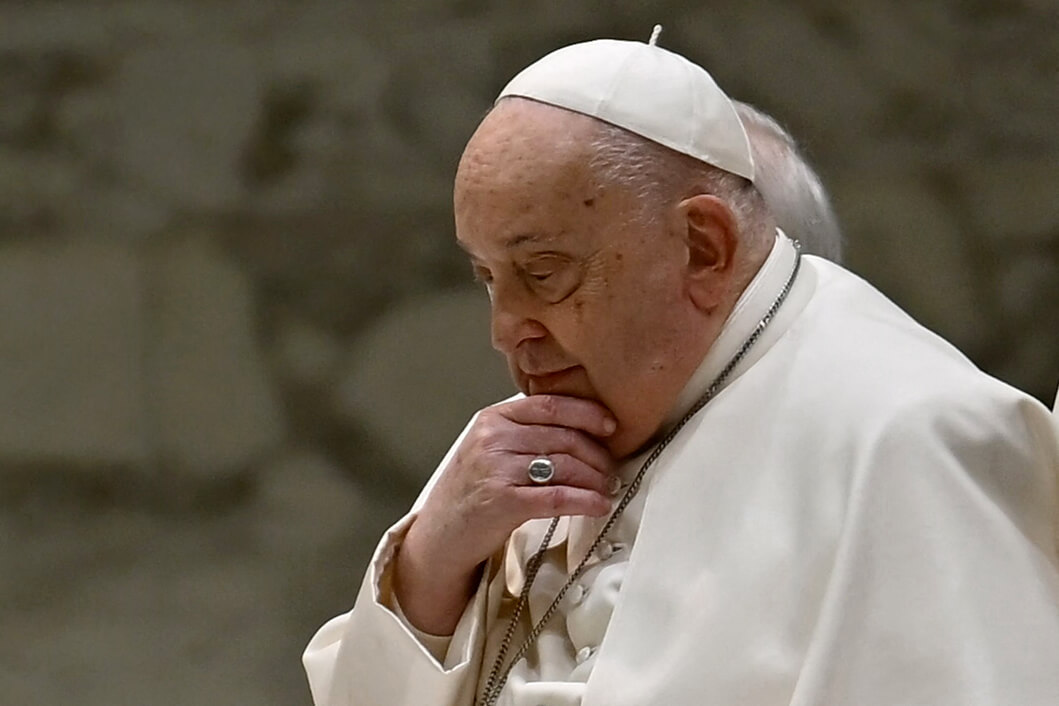A Call For a Sweatshop-Free Zone on New York’s Upper West Side
Along the broad boulevards and dignified streets of the largely liberal, Jewish Upper West Side, sweatshops don’t seem to be sprouting. From Riverside Park to Lincoln Center, from Harry’s Shoes to Zabar’s, the neighborhood appears to be a civilized place where the days of residents, working folk and visitors unspool in familiar, reassuring rhythms.
To the activists and students who have protested against a handful of local businesses in recent years, however, the cheerful façade is merely that, hiding a host of exploitative employers who pay less than minimum wage, harass and abuse their employees, steal tips and withhold overtime pay. Having won victories for workers at some establishments, including Ollie’s Noodle Shop & Grill and the Saigon Grill, activists from groups such as the New York City-based National Mobilization Against Sweatshops (NMASS) are determined not only to bring workers’ conditions up to legal standards, but also to change the way consumers look at the businesses that line their streets.
To that end, a coalition of activists and allies now hopes to designate the neighborhood as the “Sweatshop-Free Upper West Side.” In tandem with the 100th anniversary of the Triangle Shirtwaist Factory Fire, the coalition plans to kick off outreach to business owners, asking them to sign a pledge to “comply with labor laws and to have a fair labor workplace.” Though the effort has barely begun — and organizers acknowledge that enforcement of the pledge will be a challenge — its backers are eager to continue raising the public’s consciousness about the prevalence of “sweatshop conditions” in America today, though the particulars may not always exactly mirror those of the Triangle Shirtwaist Factory in 1911.
“I’m excited about it. I think it’s really something to get students and the local community more integrated,” said Johanna Ocana, who graduated from Columbia University with a degree in political science last spring. “It should kind of get folks thinking about working conditions, not just as an issue that’s outside their everyday life … get more people involved in discussions about workers’ rights.”
Ocana was one in a circle of 15 workers and activists gathered in the basement of Trinity Lutheran Church of Manhattan for a weekly planning meeting in early February. She was among those promoting the idea of the pledge, and of eventually mounting a campaign to remove non-signatories from Columbia’s preferred vendor list.
“I think this could be a good way to make it an incentive” to patronize businesses with the best intentions, Ocana said in an interview. She envisions a website posting the names of participating businesses. “I think that, unfortunately, people end up being more aware of places that they should steer clear of,” she noted.
“In my conversations with most community members, they have a sense that things like this shouldn’t be happening in the Upper West Side. I think we should probably be able to use it to our advantage,” Ocana said. “I’ve also run into a surprising amount of people who seem apathetic. Something like a picket [outside a restaurant] isn’t something they’d be into. But people would want to support businesses that are complying.”
Although targeting sweatshop practices has been a high priority of campus activists for well over a decade, the neighborhood approach is fairly novel, according to the Washington-based umbrella organization United Students Against Sweatshops. USAS spends half its time challenging the overseas sweatshops that produce college apparel, and the other half working to improve the conditions of campus workers such as security officers, janitors and cooks. Universities often display responsibility and accountability around workplace issues, said USAS domestic campaigns coordinator Jack Mahoney, “but in recent years,” he added, “they’re using the economic crisis as justification for outsourcing and bad conditions.”
With that justification or none at all, numerous businesses around New York City run roughshod over workplace rules, according to a 2008 survey of 1,432 workers conducted by the National Employment Law Project. In the report “Working Without Laws,” NELP documented that “many employment and labor laws regularly and systematically are violated.” For example, the report stated, 21% of workers in the sample had been paid less than the legally required minimum wage ($7.25 per hour in New York state) in the previous week; 77% were not paid the legally required overtime rate when they worked more than 40 hours; 70% did not receive legally required meal breaks; and 42% of those who had complained or attempted to establish a union experienced a form of illegal retaliation by the employer.
But even some whose business is business remain unaware of harsh workplace realities.
“I didn’t know we had any sweatshops,” said Andrew Albert, executive director of the West Manhattan Chamber of Commerce since 1983. In any event, he said, promoting a sweatshop-free environment is “an admirable goal.”
“We don’t want anyone working in substandard conditions. I just don’t know how you enforce that,” Albert said. “I assume that disgruntled workers will make some noise and shine some light on these practices.”
In fact, workers have done so, earning wins in the workplace and in court. At Ollie’s Noodle Shop & Grill on Broadway and 116th Street — directly across from the Columbia campus — years of agitation and a lawsuit resulted, in 2009, in owner Tsu Yue Wang agreeing to pay a $2.3 million settlement to compensate workers for unpaid back wages there and at seven other locations in the city. (Wang ended up declaring bankruptcy and closing some outlets.) And at Saigon Grill on Amsterdam Avenue and 90th Street, former owner Simon Nget settled a case in 2008 to pay $4.3 million in back wages to workers there and at other Saigon Grill locations; then, this January, he was sentenced to 90 days in jail for underpaying workers.
These examples from commercial life in a neighborhood that activists want to claim as a sweatshop-free zone raise a question: Is the appealing Upper West Side a hotbed of exploitation, more so than all other New York City neighborhoods?
Tracy Kwon, an organizer with the Justice Will Be Served! campaign — which is a coalition involving NMASS, the Chinese Staff and Workers Association, and other groups targeting restaurant workers’ conditions — said she doubts it. The reason activists are focusing on the Upper West Side, she said, is that it’s fertile ground: Its largely progressive history and identity make the community interested and sympathetic.
And the example of one successful campaign breeds the next, Kwon said. She believes workers on the Upper West Side are emboldened in a way that workers, in, say, her own neighborhood of Jackson Heights, Queens, are not.
“Organizing is taking place where it’s most possible to organize,” she said.
Contact Karen Loew at [email protected]
The Forward is free to read, but it isn’t free to produce

I hope you appreciated this article. Before you go, I’d like to ask you to please support the Forward.
Now more than ever, American Jews need independent news they can trust, with reporting driven by truth, not ideology. We serve you, not any ideological agenda.
At a time when other newsrooms are closing or cutting back, the Forward has removed its paywall and invested additional resources to report on the ground from Israel and around the U.S. on the impact of the war, rising antisemitism and polarized discourse.
This is a great time to support independent Jewish journalism you rely on. Make a gift today!
— Rachel Fishman Feddersen, Publisher and CEO
Support our mission to tell the Jewish story fully and fairly.
Most Popular
- 1
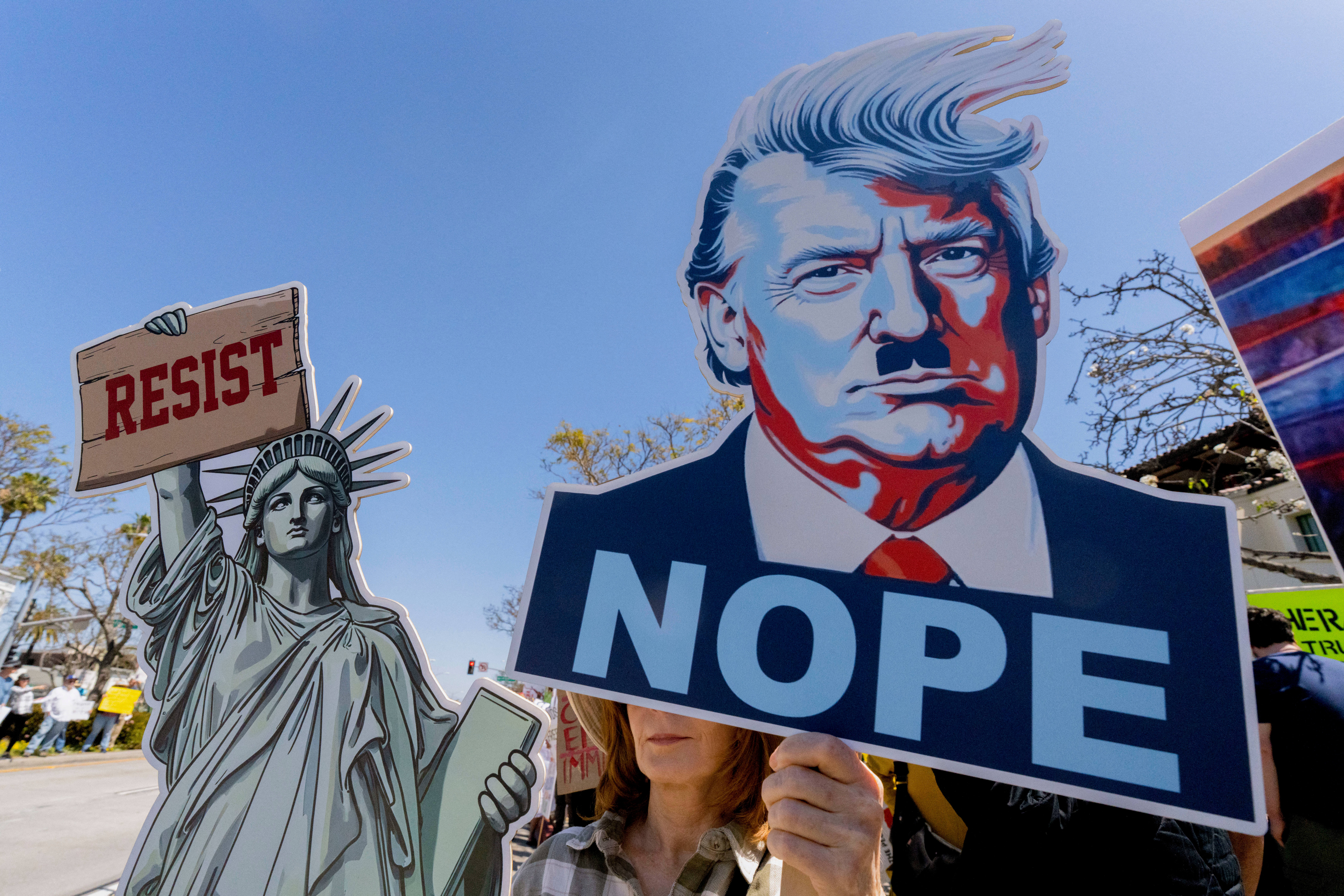
Opinion The dangerous Nazi legend behind Trump’s ruthless grab for power
- 2
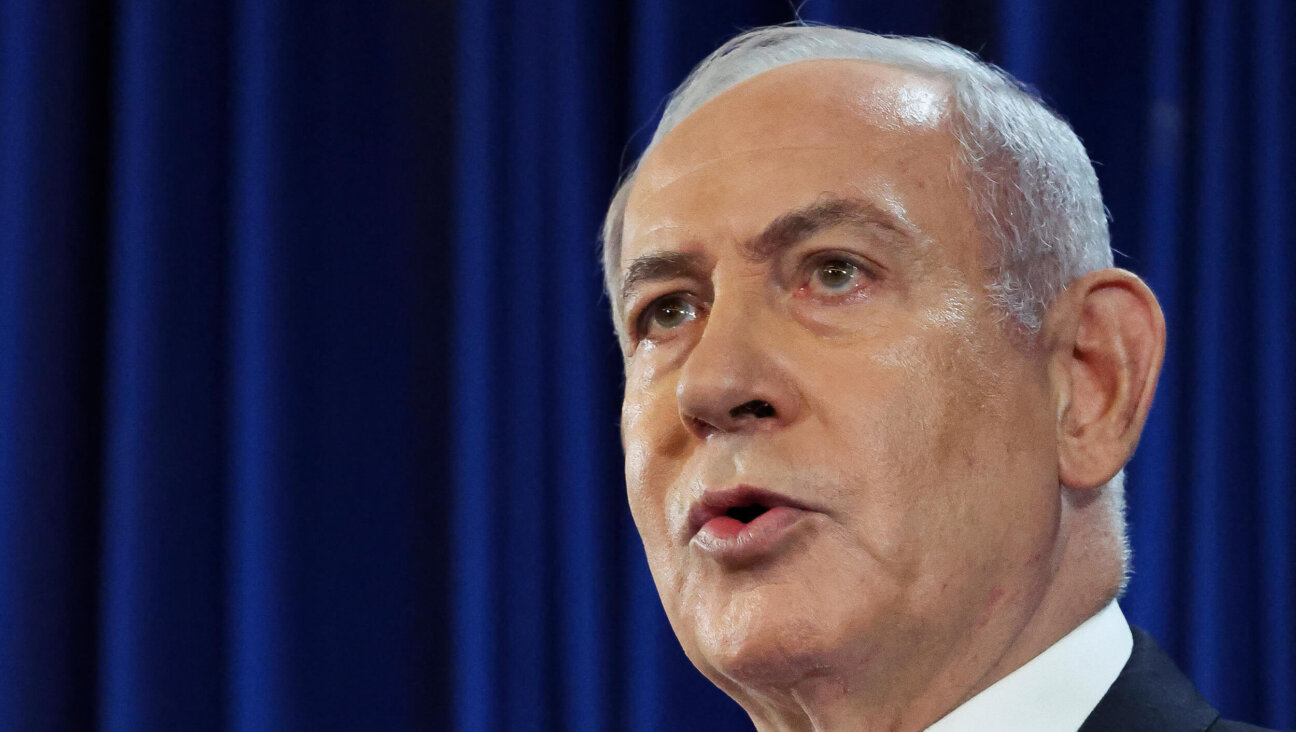
Opinion I first met Netanyahu in 1988. Here’s how he became the most destructive leader in Israel’s history.
- 3

News Who is Alan Garber, the Jewish Harvard president who stood up to Trump over antisemitism?
- 4

Opinion Yes, the attack on Gov. Shapiro was antisemitic. Here’s what the left should learn from it
In Case You Missed It
-
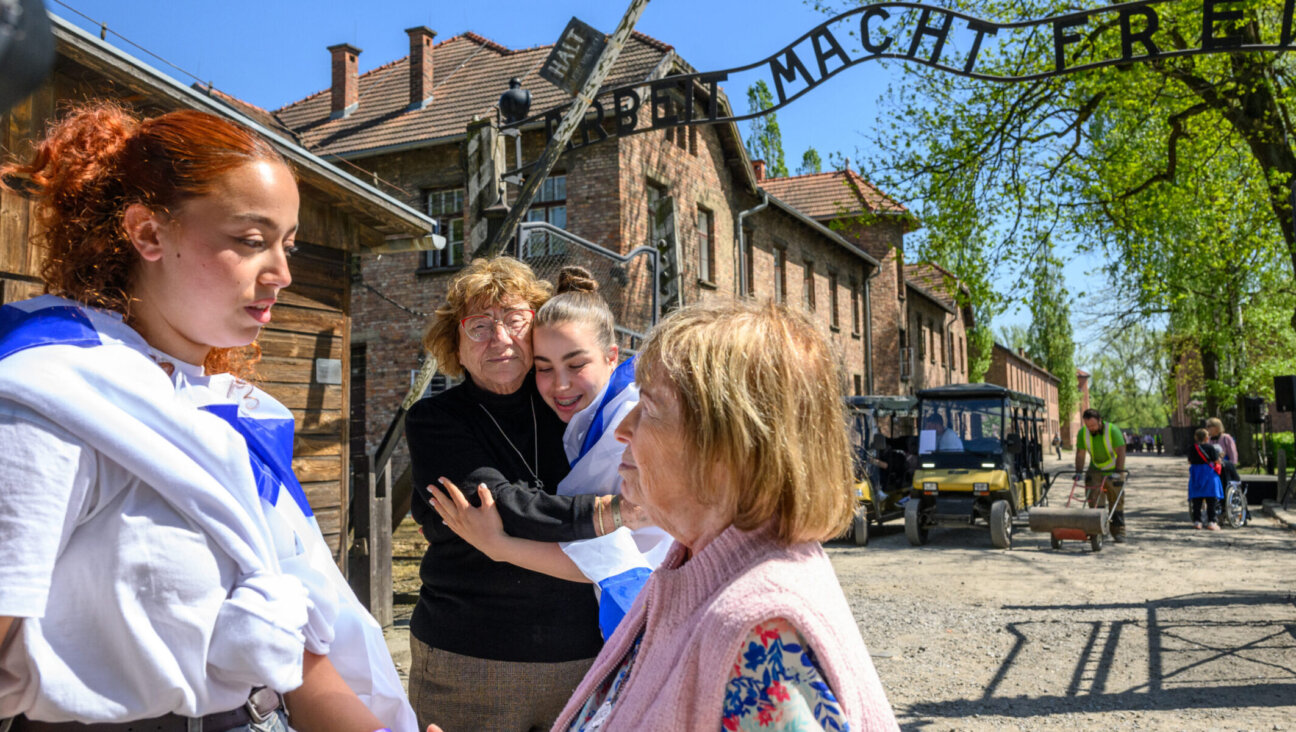
Fast Forward Survivors of the Holocaust and Oct. 7 embrace at Auschwitz, marking annual March of the Living
-

Fast Forward Could changes at the FDA call the kosher status of milk into question? Many are asking.
-
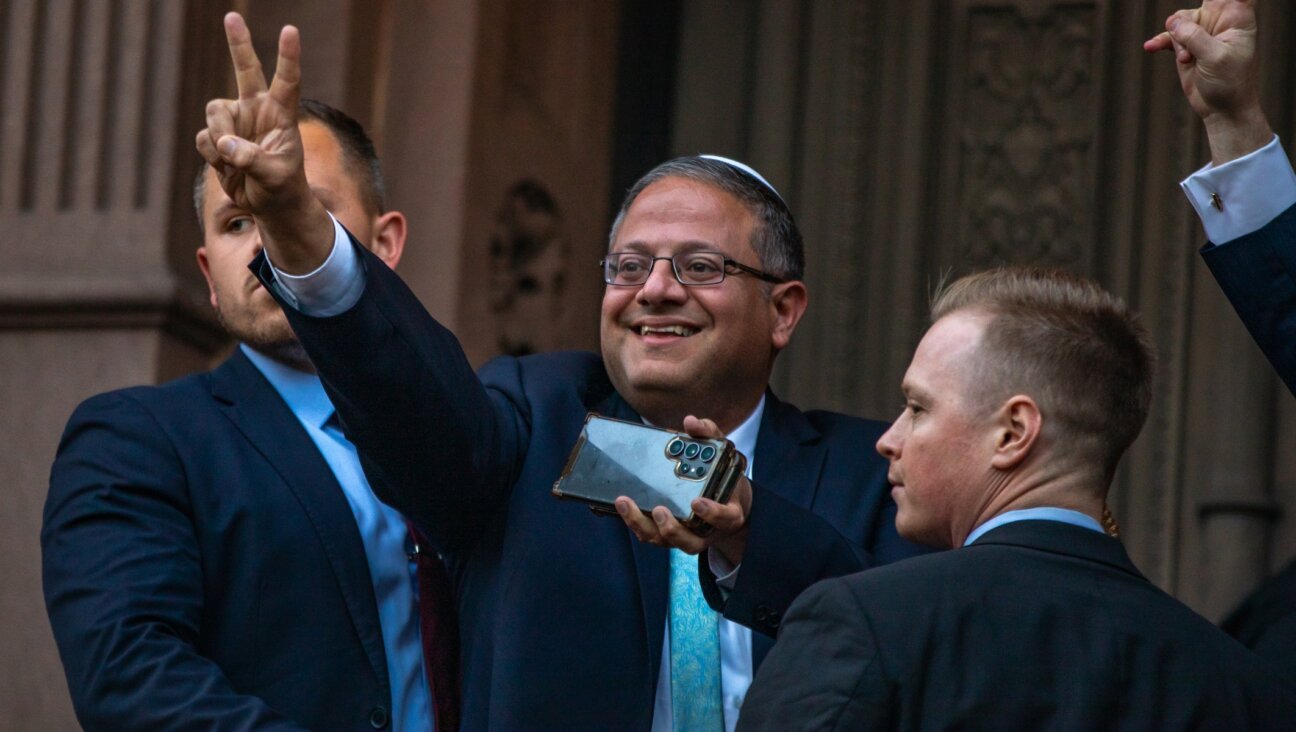
Fast Forward Long Island synagogue cancels Ben-Gvir talk amid wide tensions over whether to host him
-

Fast Forward Trump mandates universities to report foreign funding, a demand of pro-Israel groups
-
Shop the Forward Store
100% of profits support our journalism
Republish This Story
Please read before republishing
We’re happy to make this story available to republish for free, unless it originated with JTA, Haaretz or another publication (as indicated on the article) and as long as you follow our guidelines.
You must comply with the following:
- Credit the Forward
- Retain our pixel
- Preserve our canonical link in Google search
- Add a noindex tag in Google search
See our full guidelines for more information, and this guide for detail about canonical URLs.
To republish, copy the HTML by clicking on the yellow button to the right; it includes our tracking pixel, all paragraph styles and hyperlinks, the author byline and credit to the Forward. It does not include images; to avoid copyright violations, you must add them manually, following our guidelines. Please email us at [email protected], subject line “republish,” with any questions or to let us know what stories you’re picking up.








